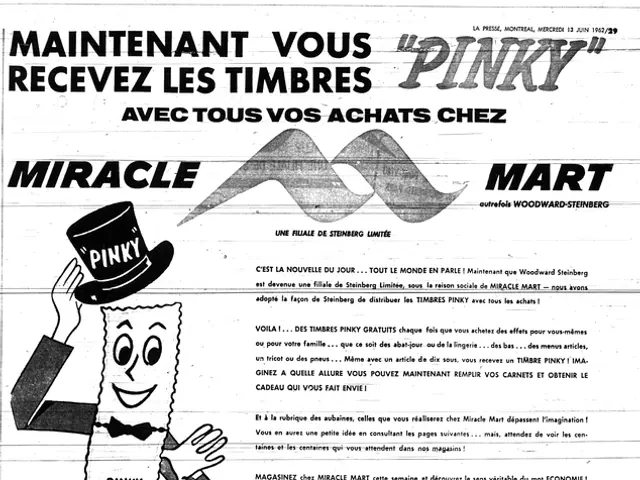Farewell Journey of the Taxi Yellow
Germany's Traditional Taxi Colour Evolution
In Germany, the iconic cream-coloured taxis with white and yellow signs have been a staple for decades, but this tradition is slowly fading as several states embrace a broader range of colours. The shift towards more colour options aims to modernize the taxi appearance, increase market competition, and accommodate branding by taxi companies.
Current Status of Taxi Colours by German State
Historically, German taxis have been cream-coloured with white and yellow signs, a requirement that is still common in many states. However, some states have relaxed these uniform colour restrictions, allowing taxis to display more diverse colours or designs as long as they carry the mandatory taxi signs.
The transition varies by federal state because taxi licensing and regulation are handled at the state (Länder) level, leading to differences in colour rules and flexibility.
Reasons for the Shift Towards More Color Options
Allowing varied colours helps taxi companies and drivers distinguish themselves and create brand identities beyond the traditional cream colour. More colour options reflect a trend towards deregulation and competition, responding to pressures from ride-hailing services and changing consumer expectations. Diverse colours can help passengers better identify individual taxi services or company fleets in busy urban environments.
Practical considerations also played a role. The more noticeable light colour provided an additional safety benefit, and light beige helped hide dust, dirt, smaller dents, and damage. In the past, many taxis were still black due to the absence of air conditioning, leading to discomfort for drivers and passengers due to the strong absorption of sunlight.
Regulatory Changes and State Differences
In the early 70s, Georg Leber, the Federal Minister of Transport under Willy Brandt, mandated a uniform light beige color for taxis in the Federal Republic. However, this regulation is no longer applicable in several states. The state's Minister of Transport, Lydia Hüskens, stated that it no longer fits today's time to have the legislator prescribe the colour of taxis.
Some states, such as Saxony-Anhalt, have recently approved changes that allow for flexibility in taxi colour choices, bringing simplifications and economic advantages for the companies. On the other hand, some skeptics doubt whether the sign on the roof is clearly enough and whether a uniform colour would be the better regulation.
The Future of Taxi Colours in Germany
No centralized nationwide mandate enforces a single colour anymore; instead, the growing acceptance of colour variety reflects evolving market dynamics and regulatory flexibility in each German state. As of now, six federal states in Germany have now approved taxi colours other than light beige: Baden-Württemberg, Lower Saxony, Schleswig-Holstein, Rhineland-Palatinate, Saarland, and Saxony-Anhalt.
The focus on a uniform white/cream color is eroding with liberalized taxi licensing laws in various Länder, though specifics may vary. This trend contrasts with countries or cities with very strict colour mandates like New York City, where medallion taxis must be painted taxi yellow. The changing landscape of taxi colours in Germany continues to evolve, offering a glimpse into the future of this iconic mode of transportation.
- The shift towards more color options for taxis in Germany is motivated by a desire to modernize the industry, increase competition, and allow taxi companies to establish unique brand identities.
- As a result of liberalized taxi licensing laws and regulatory changes, some states in Germany are now allowing taxi companies to choose from a wider range of colors, moving away from the traditional white/cream color that was once universally enforced.




